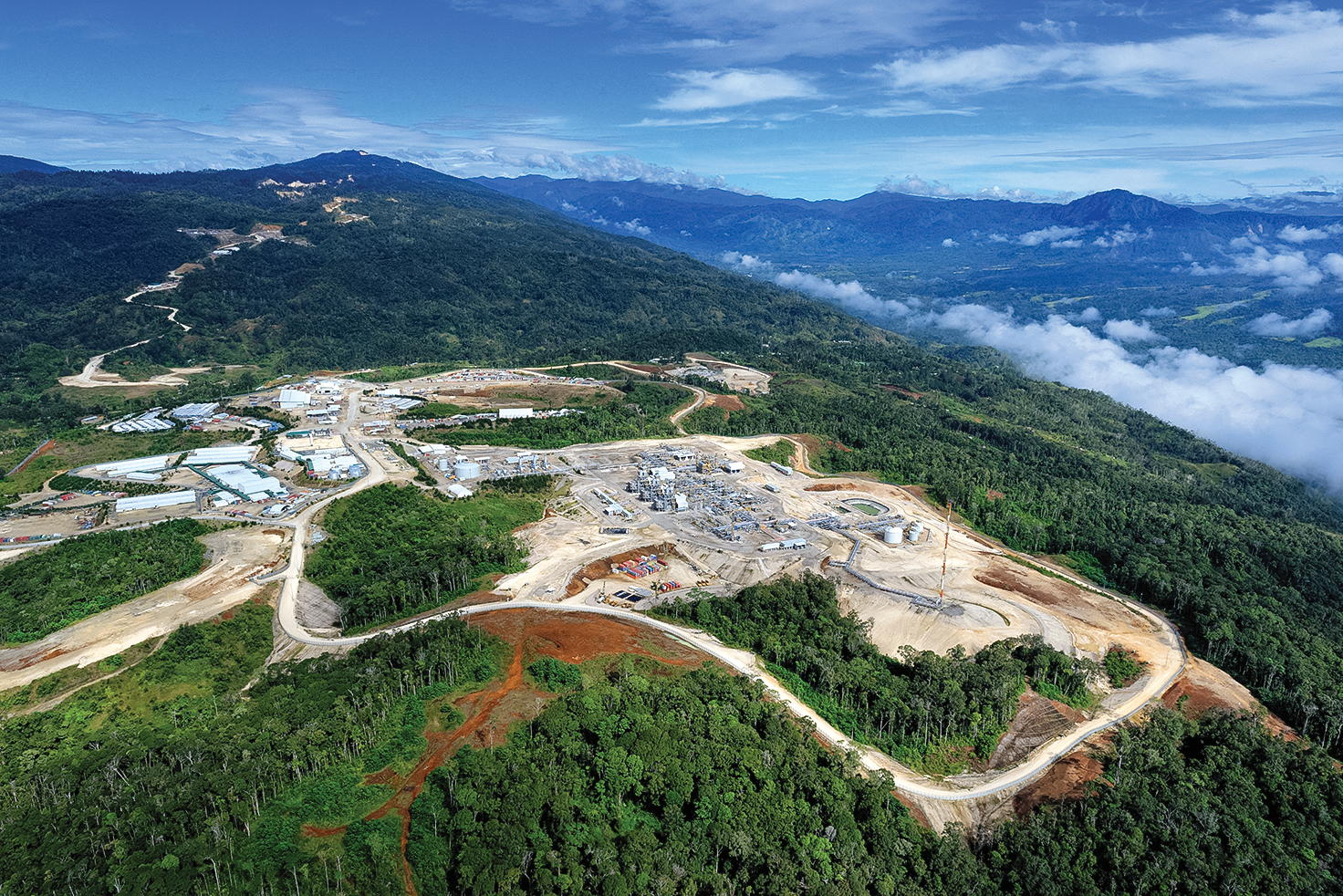Natural gas – it heats our homes, powers our appliances, generates electricity and can even fuel vehicles. This versatile and abundant resource is contributing to emissions reductions all over the world. Though natural gas is in the news quite a bit, many people only associate it with home heating and cooking.
We’re here to fix that. We’ve assembled ten facts to help you learn about the energy we use every day.
1. What we talk about when we talk about natural gas.
It’s primarily methane – a carbon atom and four hydrogen atoms – and should not be confused with the gasoline used in cars. It’s found underground, similar to oil, and supplies 22 percent of the world’s energy. That number is set to grow in the next 20 years, as natural gas use is likely to increase more than any other fuel source.
2. It goes by a lot of names.
Natural gas, when it’s cooled to -260°F, condenses, and is referred to as liquefied natural gas, or LNG. In its liquid form, LNG ships can transport LNG around the world. When natural gas is extracted from the ground, it’s processed to remove heavier components; these heavier components are called natural gas liquids, or NGLs. Those NGLs include ethane, butane and propane, and are important feedstocks that help us produce plastics used every day.
3. It’s quite a complement – to renewable power.
As renewable power continues to grow as a source of electricity, natural gas-fired power generation stands out as a strong complement to renewables to ensure a reliable and resilient power grid. This efficient, flexible power source is ready to supplement dips in renewable energy on cloudy and windless days.
4. It’s lighter than air.
Natural gas, specifically methane, is less dense than carbon dioxide, so it’s technically lighter than air. In its gaseous state, it also takes up a great deal of volume, making it challenging to transport, so companies can pressurize it to allow transportation across land through pipelines.
5. It’s helping us reach new (carbon) lows.
Natural gas also has a lower carbon footprint than other traditional energy sources. For example, it emits 60 percent less CO2 emissions than coal in electricity generation. When paired with carbon capture and sequestration (CCS), which could capture 90 percent of emissions, it has the potential to help reduce our energy’s footprint even more.
6. No one smelt it.
In its natural state, natural gas is tasteless, colorless and odorless. The fuel’s telltale scent is actually from an additive that is deliberately added to make it smell and easier to detect.
7. It’s going places.
Within the transportation sector, natural gas-powered engines can also help reduce emissions. Sunny Los Angeles is pushing ahead using compressed natural gas (CNG) vehicles with its fleet of 2,000 buses and ample fueling stations helping improve air quality by reducing both CO2 emissions and the nitrogen oxides found in smog. On the high seas, ships are using LNG to power their trips and transport the fuel around the world, a win-win for this evolving fuel technology.
8. Call it the incredible shrinking gas.
And speaking of LNG, liquefied natural gas takes up 1/600 the space of natural gas; that’s like shrinking the volume of a beach ball down to a ping-pong ball, saving space so LNG ships can maximize the energy transported each trip.
9. ExxonMobil’s got flair – but a lot less flaring.
To further enhance natural gas emissions benefits versus other fuels, ExxonMobil has committed to reducing natural gas flaring by 25 percent and lowering methane emissions by 15 percent from its operations by 2020. The company is finding new ways to make each part of the production process better, so that as natural gas production continues to increase, emissions drop.
Sources:
U.S. Department of Energy, Natural Gas Liquids Primer
XTO Energy, Equipment
Virtual Chem Book, Density
ExxonMobil, Natural Gas
EIA Energy Kids, Natural Gas
National Geographic, Natural Gas
ExxonMobil, 2018 Outlook for Energy




